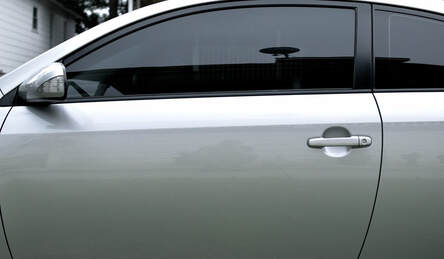 Window tinting improves the aesthetics of your home, car or commercial property. The benefits of window tinting include improved privacy, energy efficiency, and UV protection. However, before getting to a window tinting project, it is helpful to understand the basic needs to ensure a successful outcome. Appropriate Tint Material: Choose the right type of tint material, as several types of tinting materials are available. The options include dyed, metallic, ceramic, and hybrid films. Each type of tinting material has unique characteristics, such as different levels of heat reduction and UV protection. You may consult a tint specialist to help you choose the tint material that suits your needs and budget. Clean and Dry Surface: You must clean and dry the surface of the window before applying the tint film. Any dirt, dust, or debris on the window's surface can impact the adhesion of the tint film. Proper Tools: Having the right tools for the job is essential for the success of your tinting project. Some of the necessary tools include a heat gun, a squeegee, a razor blade, and a spray bottle. A heat gun helps soften the film, making it easier to work with, while a squeegee is used to smooth out any bubbles or wrinkles. Experience: Window tinting requires a certain level of expertise and experience to achieve the desired results. If you're new to window tinting, it's advisable to seek the services of a professional tinting company. They have the necessary expertise and tools to tint your windows to your specifications. Appropriate Weather Conditions: Consider the weather conditions when tinting your windows. The ideal weather for tinting is a dry and warm day. Tinting during cold or wet conditions can affect the film's adhesive properties. Comments are closed.
|